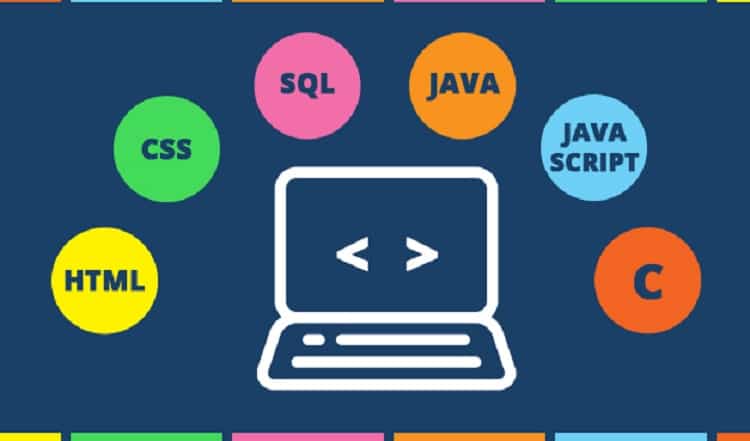CSS Learning For Beginners

What is CSS?
- CSS stands for Cascading Style Sheets
- CSS describes how HTML elements are to be displayed on screen, paper, or in other media
- CSS saves a lot of work. It can control the layout of multiple web pages all at once
- External stylesheets are stored in CSS files
Why Use CSS?
CSS is used to define styles for your web pages, including the design, layout and variations in display for different devices and screen sizes.
CSS Solved a Big Problem
HTML was NEVER intended to contain tags for formatting a web page!
HTML was created to describe the content of a web page, like:
This is a heading
This is a paragraph.
When tags like , and color attributes were added to the HTML 3.2 specification, it started a nightmare for web developers. Development of large websites, where fonts and color information were added to every single page, became a long and expensive process.
READ ALSO » Introduction To Cascading Style Sheets (CSS)
To solve this problem, the World Wide Web Consortium (W3C) created CSS.
CSS removed the style formatting from the HTML page
How To Add CSS: Three Ways to Insert CSS
There are three ways of inserting a style sheet:
- External CSS
- Internal CSS
- Inline CSS
External CSS
With an external style sheet, you can change the look of an entire website by changing just one file!
Each HTML page must include a reference to the external style sheet file inside the
element, inside the head section.
An external style sheet can be written in any text editor, and must be saved with a .css extension.
READ ALSO » HTML Link, Img, List, Span, Comment And CSS Tutorial
The external .css file should not contain any HTML tags.
Here is how the mystyle.css
Internal CSS
An internal style sheet may be used if one single HTML page has a unique style.
The internal style is defined inside the
